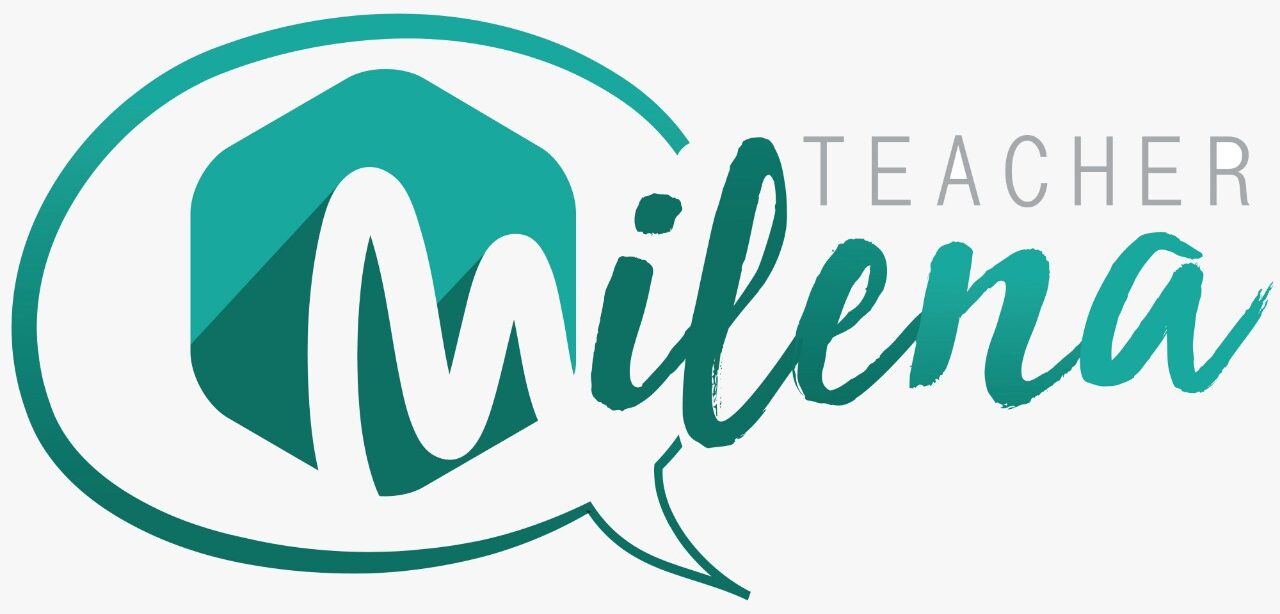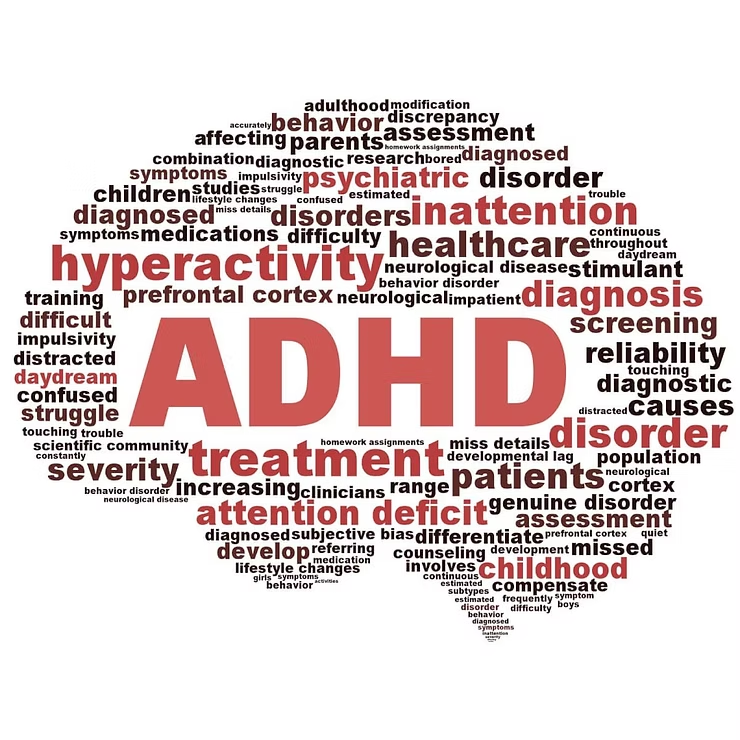Attention Deficit Hyperactivity Disorder (ADHD) has caught my attention for many years.
It has bothered me so much that some students are labeled “incapable of learning” due to a clinical report which states that they have some sort of difficulty. In the past ( no need to talk about how long ago) it was even worse considering some teachers and school administrators used to say “it’s just lack of limits”, “he just needs a good punishment”.
20 years teaching English and I may have the utopic idea that every single human being is capable of learning. My beliefs in how much we can help students with ADHD led me to my master’s degree thesis (which hopefully will be concluded next year – fingers crossed for me guys!!). My thesis develops strategies and ideas for English teachers to use in the classroom in order to adapt all sorts of material and make the learning process really inclusive. My research focuses on ADHD and dyslexic students. For now, let’s talk about ADHD and what I have learned so far.
It is so much more than just a lack of limits or the inability(of the school and the teachers) to deal with the student.
But first things first.
What is ADHD?
“It is one of the most common mental disorders to affect children” (American Psychiatric Association Definition)
“ADHD is one of the most common neurodevelopmental disorders of childhood” (Center for Disease Control and Prevention definition).
So, based on what the experts say, it is NEUROLOGICAL, MENTAL – so beating the child up is not going to solve your problems or help him learn.
Also important to mention that it is NOT a learning disability or difficulty – the difficulty here is to focus, to store information in the memory system, to stay sitting down for a long period of time; these specific difficulties lead to difficulty in learning.
When the behavior of the child leads to the suspicion of ADHD a professional needs to be addressed to the case to he/she can properly assess the child and diagnose it.
What is the treatment and how we can help the child/teenager?
The most frequent form of intervention is through medication.
When you consider that 70% of the cases of ADHD come together with other kinds of comorbidities (such as depression, anxiety, Oppositional Defiant Disorder (TOD in Portuguese) and Tourette Syndrome) and that this disorder has neurobiological order with possible genetic origin (not proven so far but extensively studied up to now), the use of medication may be extremely efficient for the child/teenager.
When you have a neurobiological disorder, it means you are facing neurochemical abnormalities, neurophysiological abnormalities and neuroanatomical abnormalities in the brain – medication can help to balance the structures which are not in control or not working properly.
But medication is not the only way to help a child.
The family is the first essential stone in the building process of this child/teenager structure.
what can the family do?
First of all, accept it is okay.
Second, help with strategies that will help them develop their sustained attention (the attention we use to focus on an activity for a longer period of time – study, do the homework, and attend a lecture for example).
- daily planners
- daily goals (homework, for example, reading books)
- routine – time to do the homework, time to play
- adequate environment to study (no distractions, no music, TV or people talking around, remove excess materials from the desk – they can spend too much time looking for the most beautiful pencil to do the activity)
- divide the homework into manageable tasks and write it on cards organizing the sequence in which they have to work – establish a time for spending on each card.
- compliment them and their effort
- visual contact and touch when talking to them
- use imperatives, not questions
- do not propose multiple tasks at the same time – one task at a time and the time can spend on that task (cards can help them visualize what they are doing now – when they get the next card they focus on the task of the card only)
- try to use attention abilities in the day by day situations – when walking in the park, after watching a movie, (at the end of the day every day you can ask them to describe what they did during the day in the order they did for example).
- sports and dancing may be a great way to develop their flexibility, selective attention, attention, and memorization of the rules and movement.
The family is also important in order to reach the second essential stone when building the learning process of the child/teenager with ADHD. They are going to hire the professional which will help this child in this process. Psychologists, occupational therapists, educational psychologists, and nutritionists.
Nutritionist? Yes!! Research shows that people with ADHD diagnosis should control their magnesium intake, as well as how much refined sugar they eat and how much food coloring they consume (the studies regarding this information is at the end of the post).
The family works together with the professional which will then give structure to the third essential stone of the process – schools and educators.
What can they do in order to help this child/teenager?
- be careful with excessive decoration on the walls
- bring this student to the front of the class close to the teacher
- group work when possible
- be careful with excessive material on their desks
- write instructions for the activities after telling them out loud
- clear, simple and concrete instructions
- one activity at a time
- visual help – student can check on the board what he is supposed to be doing now
- writing and reading with more ludic strategies – sudoku, crossword puzzles, puzzles, word hunt, card games
- treasure hunt – focus on one step at a time
- games to exercise memory – memory game, remember my day (describe what was done during the day and in the sequence it was done), what was here (a game with objects – remove the objects and they have to tell what objects were on the desk)
- games which exercise strategy, planning, rules, memorization of the rules – ludo, checkers, chess, naval battle, nine men’s morris (trilha), Monopoly
- if the schools provide an auxiliary teacher ( in the bilingual context this second teacher should also speak English), he/she can keep track of the progress of this student and help him organize himself
These games can be adapted to the content of the week, they can be used by the parents or caretakers at home, they are also a great way to “slow down” the hyperactive child in order to proceed with the rest of the class.
ADHD students can learn!! We just need to adapt to the demands they have and help them understand how their own process of learning happens.
References for the nutrition articles:
Viudes, D.R., Brecalo, M.K., 2014. Nutrição no transtorno de déficit de atenção e hiperatividade (TDAH). Revista Funec Científica. v.2, n.3, p.16-31. Santa Fé do Sul. São Paulo.
Zukier, Z., Solomon, J.A., Hamadeh, M.J., 2010. The role of nutrition in mental health: Attention Deficit Hyperactivity Disorder (ADHD). School of Kinesiology and Health Science. York University, Toronto.
Books I recommend:
- The ADHD workbook for kids (Lawrence E. Shapiro)
- ADHD the nice guideline on diagnosis and management of ADHD in children, young people, and adults (National Collaborating Centre for Mental Health)
- The ADHD toolkit (Linda Wheeler)
- ADHD in adults – What the science says (Russel Barkley, Kevin Murphy, and Mariellen Fischer)
- ADHD in adults – Characterization, diagnosis, and treatment (Jan Buitelaar, Cornelis Kan,and Philip Asherson)
Studies and articles
- The language acquisition of the ADHD Learners in a foreign language (Andi Surya Pradaningrat)
- The cognitive effects of ADHD on learning an additional language (Agiesza Kaldonec-Crnjakovic)
- Corpos que nao param – estudo – Claudia Rodrigues de Freitas
- Teaching English to children with ADHD (Natalia Turketi)
- Vocabulary and verbal comprehension of students with Attention Deficit Hyperactivity Disorder (Nayara Salomaro Barina and Simone Rocha)


